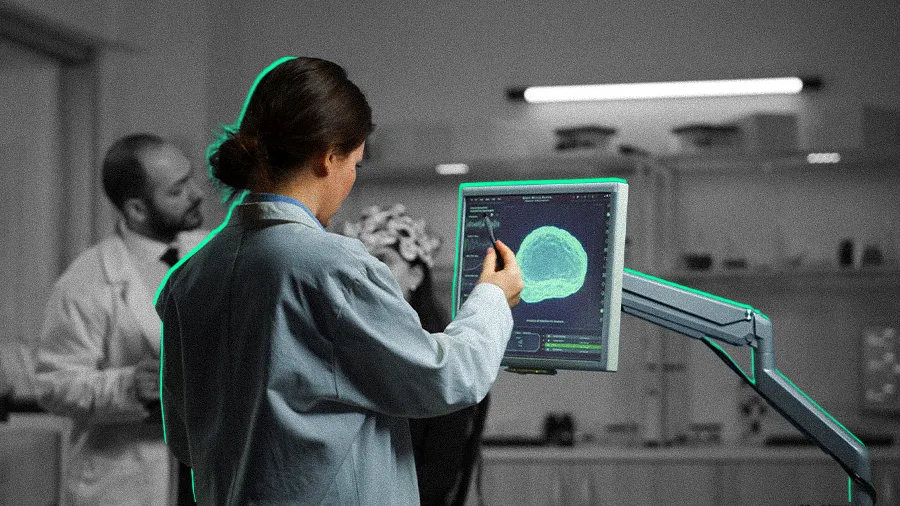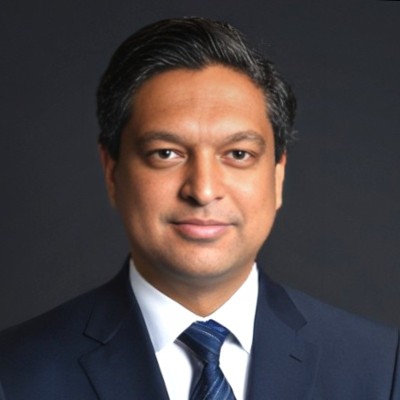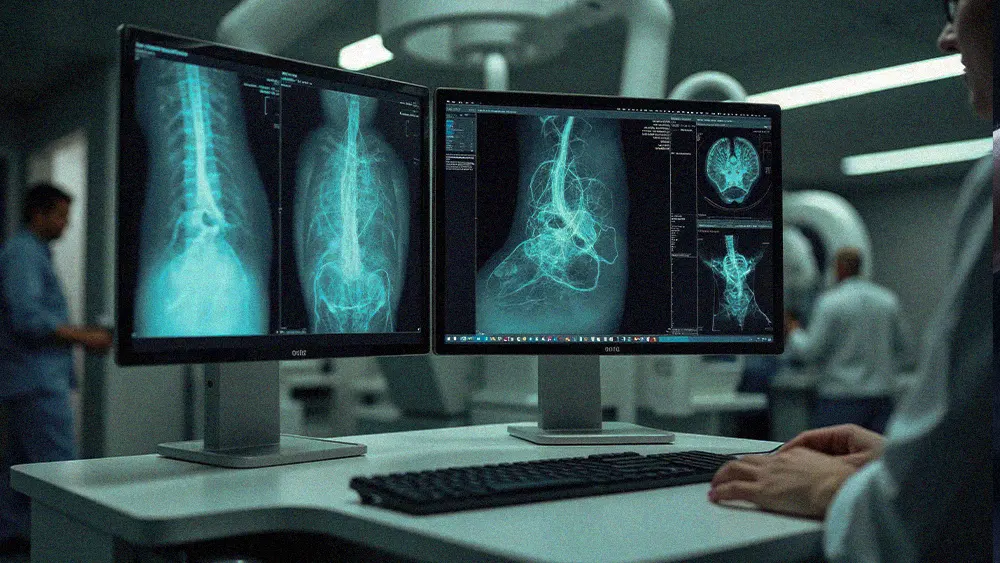For years, AI in healthcare has been defined by scattered pilots and isolated experiments. Organizations rushed to prove concepts in pursuit of the next flashy thing, but most collapsed against the complex, regulated reality of clinical workflows. Now the industry is shifting from proving concepts to proving value, marking a critical maturation toward building integrated, sustainable AI ecosystems grounded in governance, scalable infrastructure, and a clear focus on real problems to solve.
We spoke with Elias Tharakan, Co-Founder and CEO of the AI-powered clinical trial venture CliniDash. With over two decades of experience as a transformational technology executive, including roles as CTO and COO at DSG, Inc. and leading platform strategy at Signant Health, Tharakan has spent his career at the nexus of healthcare technology, regulatory compliance, and strategic growth. His work pioneering compliant AI frameworks and accelerating clinical trials gives him a unique perspective on why the industry’s mindset is finally catching up to its ambition.
"The proof of concept is just that: a proof of a concept. Now you need to start proving the value. You need to make sure that people are actually using it." This pivot from concept to value addresses a persistent industry challenge, which helps explain why over 80% of AI projects in healthcare fail to move beyond the pilot phase. As Tharakan noted, the failure isn't always the technology itself; it's the ecosystem—or lack thereof.
Sustainability at scale: "Even the ones that worked often didn't work when you tried to move them to a real-world scenario," he explained. The difference between a controlled test and a live deployment is vast. "You could build something as a wrapper and maybe 10 users can use it. But if I'm going to scale it to 100 users or 100,000 patients, is it going to be sustainable?"
Problem first, technology second: To bridge that gap, Tharakan argued for a fundamental change in approach, starting with a simple but profound principle. "You don't start with the technology; you start with the problem," he stated. "Just like anything else, you start with the problem. You look at how to solve the problem, then you start looking at the gaps."
One of the most significant hurdles in building that system is data. Healthcare data is notoriously siloed, sensitive, and difficult to access. "You may want data from one hospital, but they're not going to give it to you," Tharakan said. "If you want data from two different hospitals, they're not going to share it with each other." He pointed to architectural breakthroughs like Nvidia's federated learning framework as a way forward, enabling a new model for collaboration.
The federated future: "You can train the models on the data at the hospitals, then just get the parameters—not the data—to a centralized location," he explained. This hybrid approach, blending on-premises privacy with cloud scalability, respects the real-world constraints of healthcare while unlocking the power of collective data.
This new architectural thinking informs a more sophisticated approach to technology sourcing. Rather than getting locked into a single path, Tharakan advised a portfolio strategy that balances competing priorities.
A strategic portfolio: "You build for differentiation," he explained. "If you have an IP or certain things that only you can do, then you go for building it." For commoditized functions, the choice is clear: "Go buy it. That will give you the efficiency and the speed. Why recreate the wheel?" Finally, for cutting-edge exploration, the answer is partnership. "Partnering is for innovation," he said. "You don't have all the expertise in-house. You find a way to partner with others and work together, sharing the risks and the rewards."
This mature, value-driven approach is already delivering tangible results. Tharakan pointed to several areas where AI has successfully moved beyond the pilot phase to become an indispensable tool. In tools like EHR-integrated ambient scribes, AI is directly tackling clinician burnout. "To me, that is huge. That is a practical use case." In diagnostics, the impact is just as profound. AI-powered medical imaging is producing results that are, in his words, "as good or even better than what a human can do." And looking forward, AI is showing immense promise in accelerating drug discovery.
This progress reframes the conversation around AI's ultimate role in the workforce. "There is always this debate: is AI going to replace jobs? I think it's going to augment them," Tharakan reflected. In an industry facing a chronic lack of resources, augmentation is not a threat but a necessity. The true promise of this new era of AI lies in its ability to expand healthcare's capacity and accelerate the delivery of care.
"It will help tremendously, especially in clinical trials where new drugs can be discovered more quickly. Optimizing these trials will accelerate the delivery of treatments to patients."









